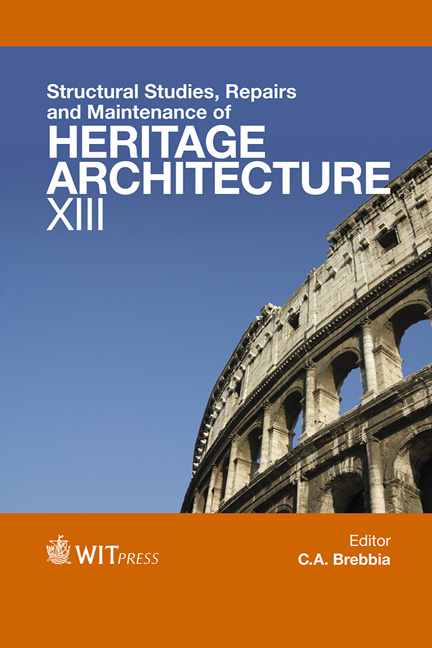Soviet Military Heritage: Brown And Green – Recovery And Enhancement
Price
Free (open access)
Transaction
Volume
131
Pages
14
Page Range
579 - 592
Published
2013
Size
249 kb
Paper DOI
10.2495/STR130481
Copyright
WIT Press
Author(s)
H. Järv, A. Raukas, K. Sepp, J. Raet & R. D. Ward
Abstract
Estonia has been for centuries a strategically important area in Eastern Europe, in particular due to its relatively long coastline (including islands about 3,800 km). Therefore it has been subject to military invasions by various foreign powers. Each of them has built numerous military facilities, most of which originate from the Second World War or subsequent Soviet occupation period. Almost the whole coastal area of Estonia and large inland areas were in use by the military and closed to the public. The Soviet military had left behind both, green and brown heritage. After the withdrawal of Russian troops, Estonia regained control of approximately 87,000 hectares of land formerly under military control, suffering from a high pollution load. Conversely, the military presence and strict limitations left large areas in a natural state largely untouched by human activities. After regaining independence, 40 new protected areas were established in the Estonian Green Belt zone, which was a heavily guarded Soviet military territory in Estonia. In Estonia, the regional differences are considerable. The pristine natural environment and valuable objects of cultural heritage are considered to be the strongest advantages for the development of rural areas, thus it is extremely important that former military sites are remediated and made safe. After the collapse of the Soviet Union, the extent and character of pollution caused by the Soviet military was studied. This article provides an overview of the extent of the pollution, the recovery of brownfield sites as well as green heritage. Keywords: green belt, Estonia, military heritage, rural development, land remediation, protected areas, Soviet military, military pollution.
Keywords
Keywords: green belt, Estonia, military heritage, rural development, land remediation, protected areas, Soviet military, military pollution.




